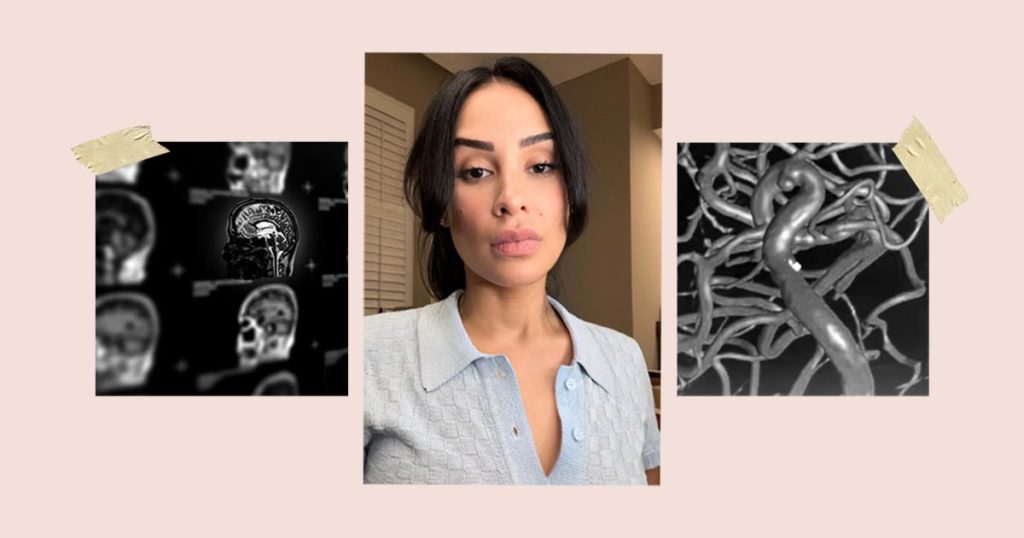When Francelys Infante experienced a severe migraine last year, she initially attributed it to exhaustion from raising her three children. However, as the pain intensified and affected her vision, she sought medical attention. An MRI revealed that she had two brain aneurysms, which required immediate surgery to prevent them from rupturing and posing a life-threatening risk. The unexpected diagnosis and urgent operation turned her life upside down, prompting a swift rearrangement of her schedule and travel plans for surgery in Miami just days after her diagnosis.
Fortunately, the surgery was successful, and Infante’s recovery went smoothly. Doctors commended her for seeking prompt treatment, as her aneurysms were on the verge of rupturing. A follow-up procedure was performed six months later to ensure that no new aneurysms had formed, and Infante is scheduled for annual check-ups to monitor her condition in the coming years. While her risk of developing another aneurysm is deemed extremely low, the experience has left a lasting impact on her life and health.
Brain aneurysms are more common than many people realize, affecting about 1 in 50 individuals. While most aneurysms do not cause symptoms unless they rupture, larger aneurysms can press on the brain and lead to severe headaches and other issues. The symptoms of a ruptured brain aneurysm include intense headaches, facial drooping, paralysis, and vision problems, necessitating immediate medical attention. Individuals with risk factors such as a family history of brain aneurysms, high blood pressure, or smoking are more likely to develop aneurysms and may require screening and preventative measures.
Despite her positive prognosis, Infante continues to struggle with fear and anxiety surrounding her health, particularly when experiencing headaches. September is Brain Aneurysm Awareness Month, and Infante hopes to raise awareness about this condition and encourage women, especially mothers, to prioritize their health. She emphasizes the importance of self-care and regular health check-ups, acknowledging that women often neglect their own well-being while caring for their families. By sharing her story, she hopes to inspire others to take proactive steps in managing their health and seeking medical attention when needed.
Infante’s experience serves as a reminder of the importance of recognizing and addressing symptoms of brain aneurysms promptly. While not all intact aneurysms require treatment, those that pose a higher risk of rupture should be monitored closely and may warrant surgical intervention. By staying informed about the symptoms and risk factors associated with brain aneurysms, individuals can take proactive measures to protect their health and well-being. Infante’s story highlights the significance of advocating for one’s health and seeking timely medical care to prevent potentially life-threatening complications.


